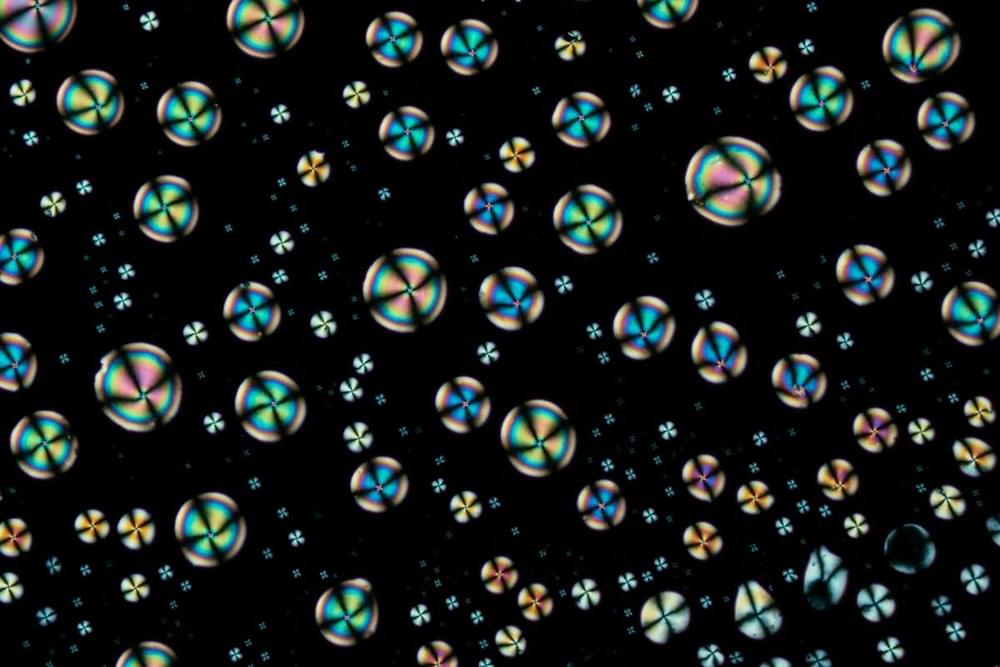Liquid crystals consist of rod-shaped molecules that slosh around like a fluid, and in those that are nematic the molecules are mostly parallel to each other. For devices like TV screens, the odd molecule that faces the wrong way has to be removed during the manufacturing process, but these defects are key for building a liquid crystal computer, says Kos.
In ordinary computers, information is stored as a series of bits, electronic versions of 1s and 0s. In Kos and Dunkel’s liquid crystal computer, the information would instead be translated into a series of defective orientations. A liquid crystal defect could encode a different value for every different degree of misalignment with other molecules.
Electric fields could then be used to manipulate the molecules to perform basic calculations, similar to how simple circuits called logic gates work in an ordinary computer. Calculations on the proposed computer would appear as ripples spreading through the liquid.
